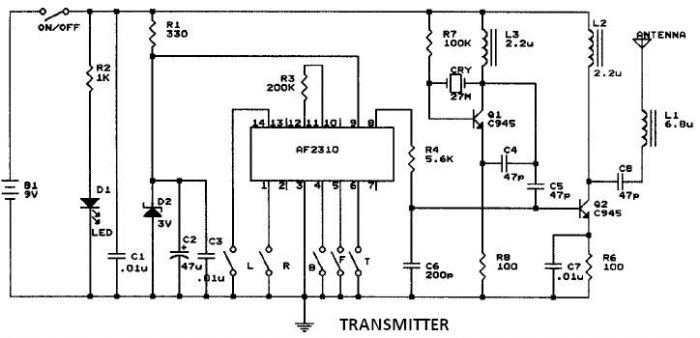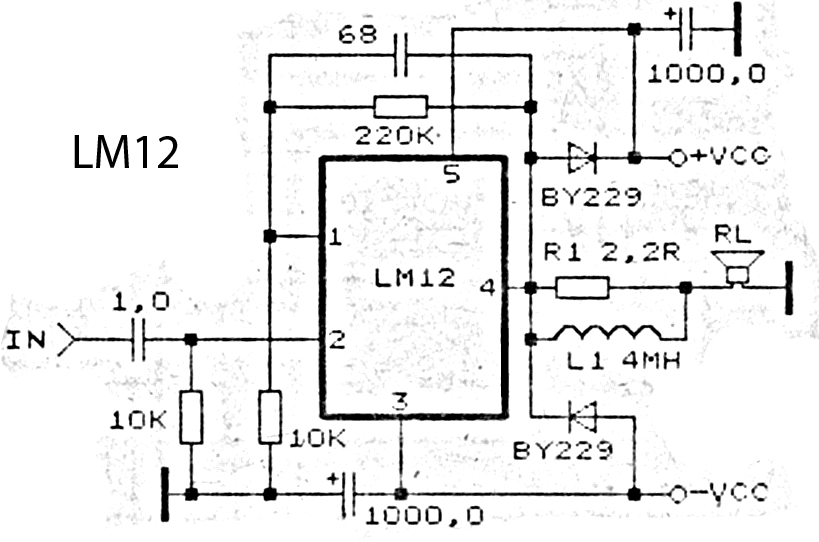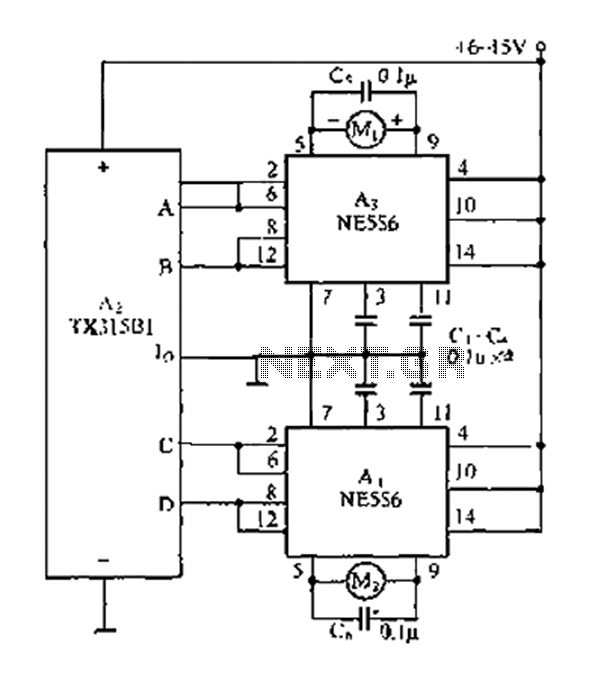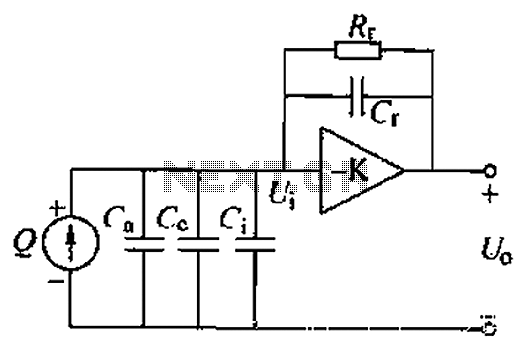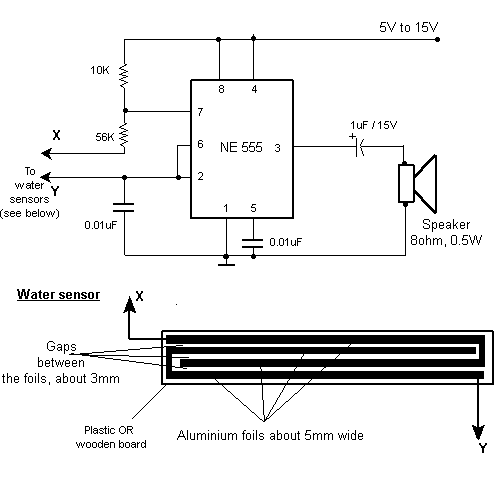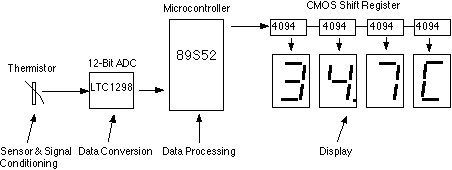
Water Level Indicator Circuit Schematic

Simple two-wire remote monitoring unit with a three-LED level display, powered by a 9V battery. The entire project was developed at the request of a friend.
The remote monitoring unit is designed to provide a straightforward solution for level indication in various applications. It utilizes a two-wire configuration, allowing for easy installation and minimal wiring complexity. The device operates on a 9V battery, ensuring portability and flexibility in deployment, especially in locations where mains power is unavailable.
The three-LED level display serves as the primary user interface, providing clear visual feedback on the monitored level. Each LED corresponds to a specific level threshold, enabling users to quickly assess the status of the monitored environment. For example, the first LED may indicate a low level, the second a medium level, and the third a high level, allowing for immediate recognition of critical states.
The circuit design may incorporate a simple voltage divider or a resistive sensing element to detect the level of the monitored substance, whether it be liquid or granular material. The output from the sensing element is processed by a comparator circuit, which drives the LEDs based on the detected level. This approach ensures that the device remains energy efficient, prolonging battery life while maintaining reliable performance.
Overall, this remote monitoring unit is a practical solution for applications requiring real-time level monitoring in a user-friendly format. Its simplicity and effectiveness make it suitable for a range of environments, from industrial settings to home use.Simple, two-wire, remote monitoring unit, Three-LED level display, 9V battery powered The whole project was developed on a friend s request. Its purpose w.. 🔗 External reference
The remote monitoring unit is designed to provide a straightforward solution for level indication in various applications. It utilizes a two-wire configuration, allowing for easy installation and minimal wiring complexity. The device operates on a 9V battery, ensuring portability and flexibility in deployment, especially in locations where mains power is unavailable.
The three-LED level display serves as the primary user interface, providing clear visual feedback on the monitored level. Each LED corresponds to a specific level threshold, enabling users to quickly assess the status of the monitored environment. For example, the first LED may indicate a low level, the second a medium level, and the third a high level, allowing for immediate recognition of critical states.
The circuit design may incorporate a simple voltage divider or a resistive sensing element to detect the level of the monitored substance, whether it be liquid or granular material. The output from the sensing element is processed by a comparator circuit, which drives the LEDs based on the detected level. This approach ensures that the device remains energy efficient, prolonging battery life while maintaining reliable performance.
Overall, this remote monitoring unit is a practical solution for applications requiring real-time level monitoring in a user-friendly format. Its simplicity and effectiveness make it suitable for a range of environments, from industrial settings to home use.Simple, two-wire, remote monitoring unit, Three-LED level display, 9V battery powered The whole project was developed on a friend s request. Its purpose w.. 🔗 External reference
